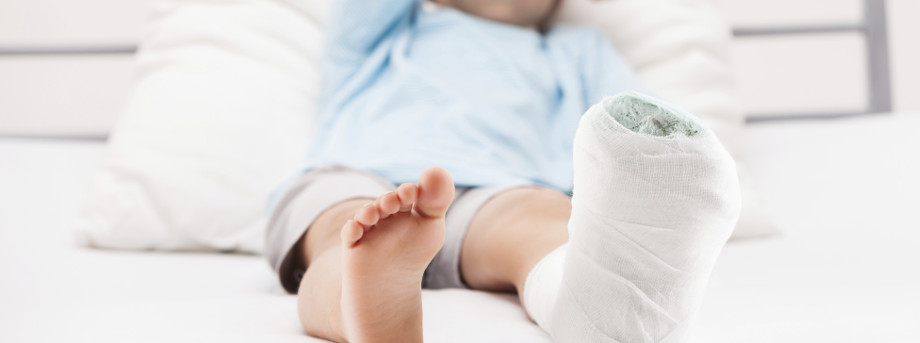The University of Nottingham
 Exchange online
Exchange online
Research Exchange
New research calls for more action to prevent childhood injuries

October 27 2014
Young children from socially-deprived households are still most at risk from injuries in the home and more targeted accident prevention is urgently needed, a new study has found.
New research by child injury experts at The University of Nottingham shows that over the past 20 years children in more deprived households are suffering a disproportionate number of injuries compared to those in more affluent homes. The study is published in the global science journal PLOS ONE.
While generally the number of injuries that children under 5 sustain has gradually decreased in the UK over the past two decades, significant socio-economic inequality gradients have persisted. The researchers found that every year, there were over 9,000 more burns, fractures and poisonings in children living in the poorest homes compared to those living in the most affluent homes. The study concludes that many of these injuries could be avoided if targeted, evidence-based interventions were commissioned locally by NHS Clinical Commissioning Groups and Local Authorities.
The economic case for preventing injuries in children is strong. Each year there are over 280,000 fall, burn and poisoning injuries in children under 5 that result in emergency department visits, costing the NHS nearly £32 million. This figure does not include children treated by GPs or treated in the home.
Public health researcher, Dr Elizabeth Orton, from the University’s School of Medicine, said:“Our study examined the anonymous medical records of nearly a million children under 5 born over the last 20 years. We found that the incidence of burns and poisonings in these children declined between 1990 and 2009 but increased for fractures. We calculated the incidence of injuries by age, sex, socio-economic group and calendar period and were able to compare rates between the least and most socio-economically deprived areas over time.
“With this information we were able to estimate that 865 fractures, 3,763 burns and 3,043 poisonings were preventable each year in the UK if the incidence rates in the poorest households were reduced to the levels found in the more affluent areas. There are interventions that are effective in preventing injuries and our study suggests that targeting these towards families at the greatest risk could prevent injuries and help to reduce inequalities.”
Socio-economic deprivation was defined using the Townsend Index of material deprivation which uses measures of employment, car and home ownership and overcrowding in households. The data from the cohort of nearly a million children came from The Health Improvement Network, a medical research database of anonymised patient records from participating GP practices in the UK.
This is the first study to compile population-based incidence rates for the most common medically-attended childhood injuries that is not from self-reporting surveys or a single source such as emergency department or hospital admissions. It is the largest ever UK study to quantify injury-related health inequalities and to show how these have changed over time.
The research recommends that the Department of Health’s Public Health Outcomes Framework should include the reduction of injury-related health inequalities as an outcome measure in itself, rather than focusing on injury rates alone which can disguise local variation. In doing this, local health commissioners and decision makers are more likely to monitor and act upon health inequalities as recommended by the National Institutefor Health and Care Excellence (NICE).
The full paper, ‘Persistence of health inequalities in childhood injury in the UK; A population-based cohort study of children under 5’ is available via the contacts below or on the PLOS ONE website from 1800 on Monday 27 October 2014.
Tags: burns, childhood injuries, Dr Elizabeth Orton, fractures, injury-related health inequalities, National Institute for Health and Care Excellence, PLOS one, poisonings, research, socially-deprived households, Socio-economic deprivation, The Health Improvement Network, Townsend Index of material deprivation
Leave a Reply
Other

Top prize for quantum physicist
A University of Nottingham physicist has won a prestigious medal from the Institute of Physics for […]

Zero carbon HOUSE designed and built by students comes home
Design and construct a low cost, zero carbon, family starter home, transport it to Spain, build […]